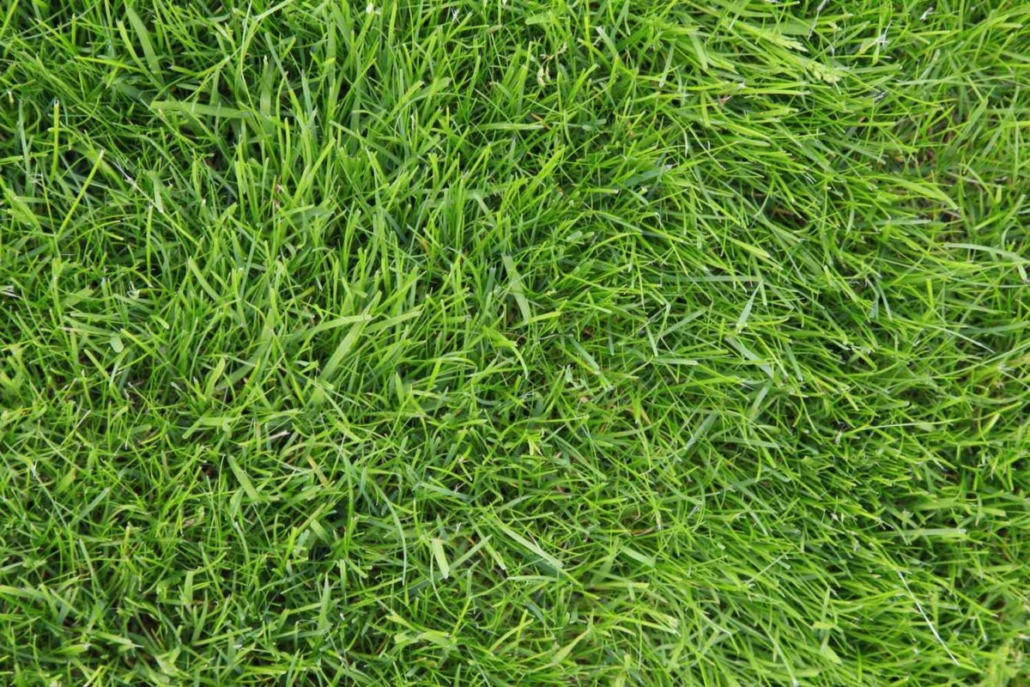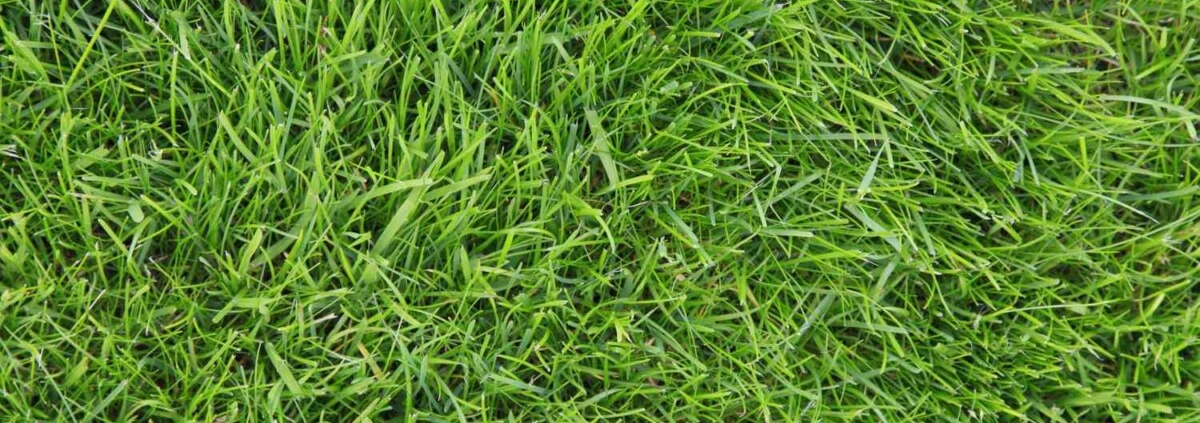Mistakes costing thousands due to flooding
Mistakes costing thousands due to flooding: Today, 1 in 4 homes across the UK are at risk of floods, and the risk factor will only increase as the impacts of climate change become more prevalent. In the fight against floods, your garden is a secret weapon that can increase your resilience to floods, whilst remaining beautiful and leaving your neighbours green with envy.
There are, however, a number of things you might be doing that are worsening your resilience to floods, and they could cost you thousands in repairs. This spring, when you’re getting your garden in order for the summer, keep these common mistakes in mind now, to avoid big costs later.

Mistakes costing thousands due to flooding
Mistake #1: Large Grass Lawns
Although traditional grass lawns are aesthetically pleasing, you may not be aware of the dangers they pose to your garden:
- Fast Runoff: Traditional lawns will increase flood risks to your garden as they allow rapid water flow.
- Waterlogging: Common with grass lawns, waterlogging leads to shallow root development, soil compaction, and fungal diseases.
- Lack of Biodiversity: Monoculture lawns offer little habitat for pollinators, hindering the ecosystem’s resilience.
- Water Consumption: Grass lawns demand significant water, especially in dry climates.
- High Maintenance: Regular upkeep like mowing and pest control is important for grass lawns to minimise chances of flooding.
Beautiful alternatives to large grass lawns include:
- Create a meadow garden: Plant a diverse mix of native wildflowers and grasses to create a beautiful, low-maintenance landscape that supports pollinators and wildlife.
- Create a rain garden: Water-loving plants capture to filter stormwater runoff from roofs, driveways, and lawns.
- Add edible landscaping: Integrate fruit trees, berry bushes, vegetables, and herbs into your landscape to provide food while reducing the area dedicated to grass.
- Add trees and shrubs: Plant trees and shrubs to reduce the amount of grass needed, provide shade, and improve air quality.
- Increase ground cover planting: Plant low-growing plants like creeping thyme, mosses, or sedges to replace grass in areas with foot traffic or where grass struggles to grow.
Mistake #2: Astroturf
Whilst Astroturf is an easy-win to make your garden look good without the hassle of having to tend to it, these synthetic lawns create significant flood and climate resilience challenges:
- Poor Drainage: Poor installation can lead to standing water and potential bacterial growth in your garden, which increases flood risk.
- Environmental Impact: Made from synthetic materials, Astroturf contributes to microplastic pollution and relies on fossil fuels for production which contributes.
- Lack of Natural Benefits: Unlike natural grass, Astroturf lacks ecological benefits like carbon dioxide absorption and support for biodiversity.
Instead of Astroturf, you may consider these more beneficial alternatives:
- Native plant landscaping: Replace artificial turf with a diverse mix of native plants, including grasses, wildflowers, shrubs, and trees. Native plants are adapted to local climate conditions, require less water and maintenance, and provide habitat for wildlife and pollinators.
- Permeable hardscaping: For areas that require a solid surface, consider using permeable pavers, gravel, or mulch instead of artificial turf. These materials allow water to infiltrate the soil, reducing runoff and supporting the natural water cycle.
When selecting an alternative to artificial turf, consider your soil type. Consult with a local landscaping professional to help you choose the most suitable and sustainable option for your home.
Mistake #3: Paved Impermeable Surfaces
Many homeowners aren’t aware that hard surfaces in gardens increase flooding risks and raise environmental concerns, they are the silent culprits of flooding risks to your gardens:
- Increase Surface Runoff: Impermeable surfaces hinder water infiltration, which leads to elevated surface runoff and potential flooding.
- Reduce Groundwater Recharge: When water is unable to penetrate paved surfaces, it leads to decreased groundwater recharge, impacting nearby vegetation.
- Compact Your Soil: Paved surfaces also cause soil compaction, affecting your plant’s growth and health.
Some alternatives to paved impermeable surfaces include;
- Grass pavers or permeable pavers: These are paving systems that incorporate spaces or gaps filled with soil and planted with grass or other low-growing vegetation. They allow water to pass through the gaps and infiltrate the soil beneath. This helps reduce surface runoff and allows water to be absorbed into the ground.
- Gravel or crushed stone: Replace impermeable surfaces with gravel or crushed stone, which allows water to drain through the spaces between the stones. This is a cost-effective solution for driveways, parking areas, or pathways.
- Rain gardens: Create shallow depressions in the landscape near paved areas, and plant them with native, water-loving plants. Rain gardens collect and absorb stormwater runoff, helping to reduce flooding and improve water quality.
By implementing these alternatives to paved impermeable surfaces, you can help reduce the risk of flooding by allowing more water to be absorbed into the ground, slowing down the flow of stormwater runoff, and reducing the burden on the drainage system. A combination of these strategies, tailored to your specific site conditions, can provide the most effective flood mitigation benefits.
Mistake #4: Lack of Rainwater Storage
Inadequate rainwater storage in gardens is also another problem that increases the chances of flooding in your garden as it holds various challenges.:
- Overloaded Drainage Systems: Insufficient storage overwhelms drainage systems, causing flooding and waterlogging.
- Increased Water Bills: Relying solely on tap water will increase your water bills, especially during dry weather spells.
- Soil Erosion: Inadequate rainwater storage leads to excess runoff, resulting in soil erosion and nutrient loss.
You can increase your rainwater storage through any of the following:
- Use water butts: Collect and store rainwater from the roof can reduce the volume that enters drainage systems or runs across the ground. Stored water will also be released slowly or used to water plants.
- Add a swale: Create shallow, gently sloping channels in your landscape to direct rainwater runoff towards planted areas or rain gardens.
- Add a pond: Making space for water in gardens and landscapes mitigates flooding by providing a designated area for excess water to collect and be stored during heavy rainfall events.
For the latest industry news visit turfmatters.co.uk/news
Get all of the big headlines, pictures, opinions and videos on stories that matter to you.
Follow us on Twitter and Instagram for fun, fresh and engaging content.
You can also find us on Facebook for more of your must-see news, features, videos and pictures from Turf Matters.










